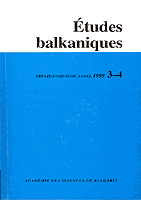

Keywords: intertextuality; pretext; parody; travesty; pastiche; techniques of parody; signals of parody
The paper deals with attributes of parody as a textual phenomenon, the features of which are substantially determined by the intertextual relationship to the object of parody (pretext). Definitions of parody, though they have a common core (work that imitates pretext and at the same time transforms it to make the final effect humorous or critical and polemical), allow for great variability of conceptions. One pole is constituted by broad delimitations, the other by approaches which try to precisely distinguish parody from other ways of connecting to the pretext (travesty, pastiche, etc.). An especially important differentiation is determined by the question of whether parody is consistently seen as a text focused on another text, or whether works that use pretext operations to make comments on the phenomena of reality are classified as parody. The paper also deals with the description of techniques that are used for the derivation of parody from the pretext and signals used to make recipients aware that they should interpret the text as a parody. In the last part of the article, the concepts introduced are applied in the analysis of two Czech parodic texts written by Jiří Haussmann and Michal Viewegh.
More...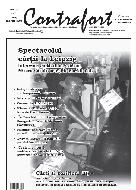
- Dragă Nichita Danilov, ai lansat romanul Locomotiva Noimann (Polirom, 2008) la Chişinău, la Uniunea Scriitorilor, o lansare care s-a transformat treptat într-o discuţie despre roman şi despre proza ta în general, în cadrul căreia s-au rostit diverse opinii. Ce impresie ţi-a lăsat dezbaterea de la Chişinău? - Cred că a fost o seară foarte reuşită. Discuţiile au fost vii şi interesante. M-am bucurat că la lansare au venit foarte mulţi scriitori. Foarte mulţi prieteni de la Chişinău. M-am bucurat că lumea literară de la voi nu m-a uitat. Şi m-am bucurat că le pot vorbi din postura de scriitor, nu de diplomat, ca de la om la om, fără să-mi cântăresc cuvintele în palmă înainte de a le rosti. La drept vorbind, lansarea s-a transformat într-o masă [...]
More...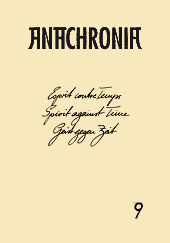
Keywords: The Unfinished Sentence; Albert Szent-Györgyi; Hermann Broch; James Joyce.
Essay about the importance of names in the Hungarian polyhistorical novel in the 20. century.
More...Th is article assumes that the Henryan concept of Archi-Ipseity is, in its internal unique structure, divided in two modalities — one potential and one actual — and that it derives from the organic concatenation of the transcendental process of the self-engendering of absolute Life. Th is hypothesis of an inner division of the Archi-Ipseity solves several textual ambiguities present Henry’s works, for exemple the fact that Henry’s text plays between antecedence and co-presence of hyper-power life and Archi-Ipseity: the Archi- Ipseity, although engendered by life, is simultaneously the condition and the accomplishment of this process
More...Keywords: Romanian theatre; resistence through culture; repertory theatre; theatrical circuit; canonical theatre
More...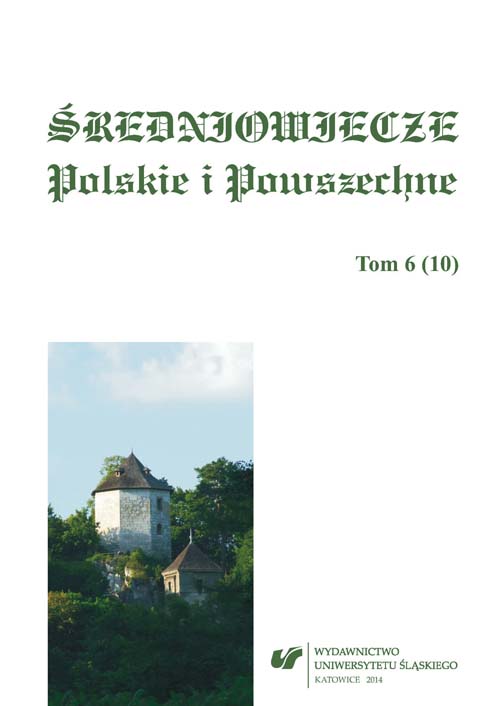
On May 1, 1457, king Casimir IV Jagiellon solemnly entered Gdańsk. He was accompanied by a several thousand army and courtiers. The visit paid by the Polish sovereign concerned the finalization of repurchase of several Prussian urban centers along with the castles, including the capital Malbork castle, from the Teutonic levies with no-pay status. In Gdańsk Casimir received the sums of money that would add up to the sums discussed with the levy, which was gained by the urban center from the special levy imposed on townspeople of Gdańsk. The picture of the entrance and the whereabouts of the royal retinue is narratively well depicted by the sources. The account given by Jan Długosz seems of importance, for he was a direct witness to those events. The royal visit was honored with numerous feasts, as well as a hiking and horse tournaments, when the Polish knights from the king’s closest circle boasted about their skills. Apparently, in taverns in Gdańsk there were breastplates left, as well as other possessions of the voivode of Sieradz Dziersław of Rytwiany, Mikołaj Reichenberg (probably a levy in the royal army), a chamberlain in Krakow — Krzesław Wojszyk of Wójcza, and a chamberlain in Lublin — Jan Kuropatwa of Łańcuchów. To ransom the chamberlains the king officially pled with the Gdańsk council in June and July of 1457.
More...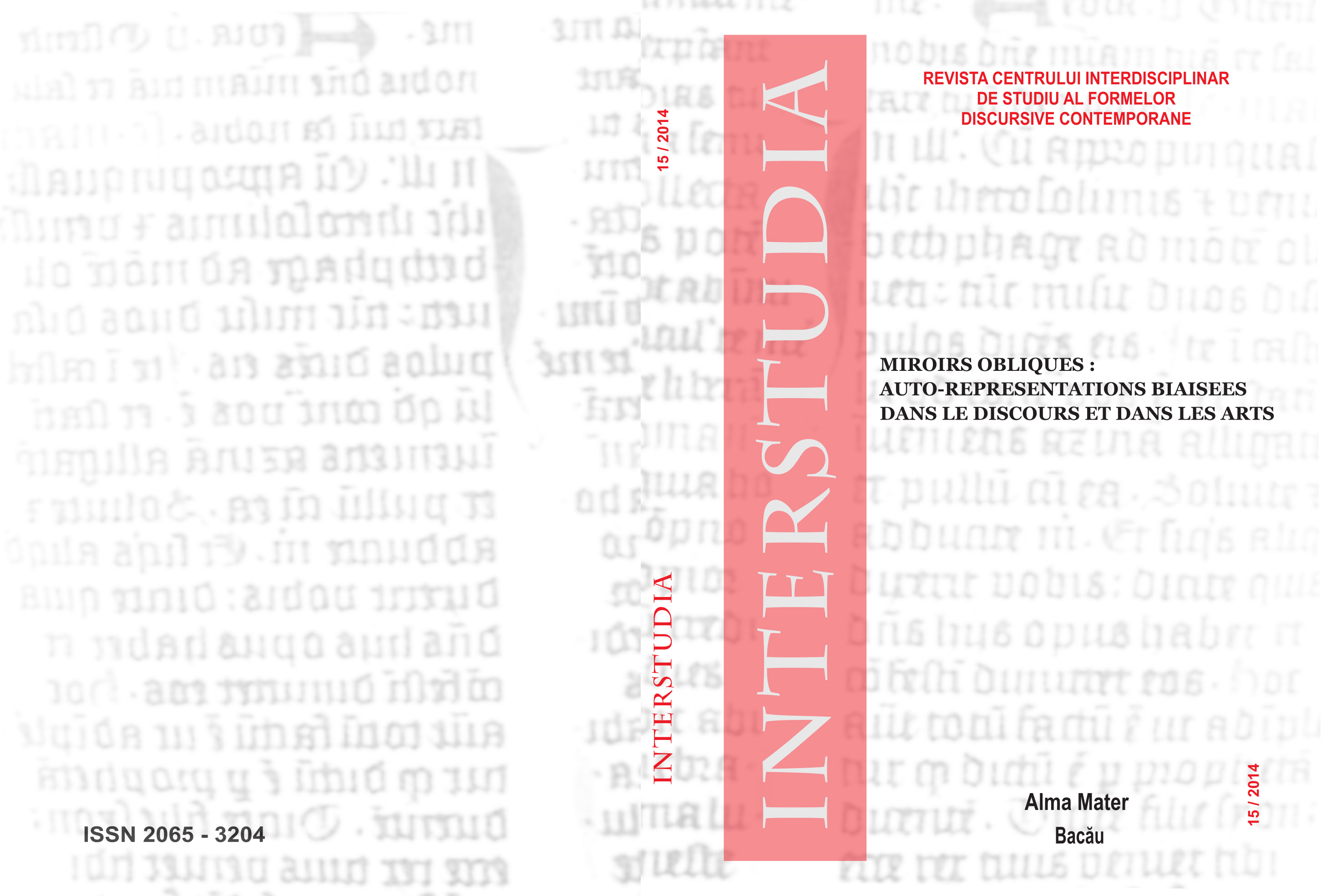
Keywords: autobiographical refusal; Michel Tournier; self-narration ambiguity; gap between being and claiming; complex portrait;
Michel Tournier has always expressed his lack of interest in writings of intimacy and denies having found inspiration in his own life. He highlights the contrast between the “inward-looking” writers and the fictional writers, maintaining that he is one of the latter. Tournier insists on the fictional nature of his works and strongly contradicts critics who attempt to find in his life the models that he used in order to create literary characters. After the failure experienced with Vent Paraclet (1977) -his intellectual autobiography that reinforced his little interest for this genrehe reaffirms his refusal of this writing style through two of this most recent works’ titles, Journal extime (2002) and Je m'avance masqué (2011). Nevertheless, Tournier has sometimes revealed information concerning his personality in his essays or when giving interviews. The writer has even created a coherent self-portrait, which he has barely changed throughout his career. His remarks tend to define him as an author interested in present times, who uses humour in order to criticize society’s flaws or to describe its peculiarities and who promotes in his writings the aesthetics of celebration. But this portrait, which seems to result from the author’s personal philosophy, could it be anything else than the author’s creation? We will analyse the differences between Tournier’s self-created ethos and the image that his writings tend to create. To this purpose, we will compare the author’s remarks with written sources that have rarely been used: his generic choices. We will prove that Tournier’s generic choices and their evolution provide insight into the author’s personality, especially into his views on time and existence, and that they paint a constantly changing portrait of the writer, often more complex than the image that he chooses to convey.
More...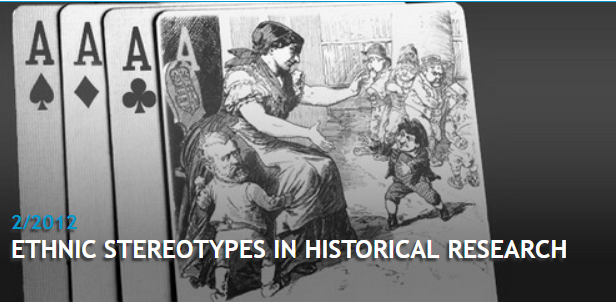
Keywords: Czechoslovakia; utopia; national stereotypes; Czechs; Slovaks; Germans; Jews; Hungarians; Chinese;
This article deals with stereotypes of Czech nation and its neighbours as they were utilised by interwar Czech utopists. As they tried to persuade theirs readers they have to follow the commonsensical beliefs and values of their potential readers. Czech nation was their primary concern as well as its relationship with other nations – the future of the nation was more important than the proposed social organisation. Presented ethnic stereotypes were remarkably consistent with the authors offering socialist, capitalist or alternative future development. In the interwar Czech utopian production can be observed a complex of a small nation uncertain its future existence, as well as other collective patterns, that the attitude to other nations was based on them.
More...Dans l'œuvre de Leïla Sebbar - écrivaine née en 1941 à Aflou, un petit village rural pas loin d'Alger, l'origine et le destin apparaissent filtrés par une langue, le français, qui est à la fois masque et césure, distance rassurante, mais aussi possession et perte, exil et retour à la maison. La narrative sebbarienne est, en effet, l’expression d'un défi identitaire qui se construit dans l'espace d’un entre-deux culturel et géographique, venant s’inscrire comme le témoignage d'un statut de profonde duplicité historique et ontologique. En utilisant la voix argotique des quartiers de la banlieue parisienne, l’écrivaine se représente comme une croisée, un être fragmenté entre des lieux et la mémoire. Fille d'enseignants de français, Leïla Sebbar a vécu les années de son enfance et de son adolescence en Algérie. Or sa langue maternelle, selon sa volonté et les contingences historiques, est le français; l'arabe, idiome paternel rejeté depuis l'enfance, est une langue qu’elle n'a jamais voulu apprendre,. De ce refus il reste une trace bien marquée dans ses romans où la figure paternelle incarne toujours une condition de migration forcée, agitée par un sentiment de nostalgie et de retour.
More...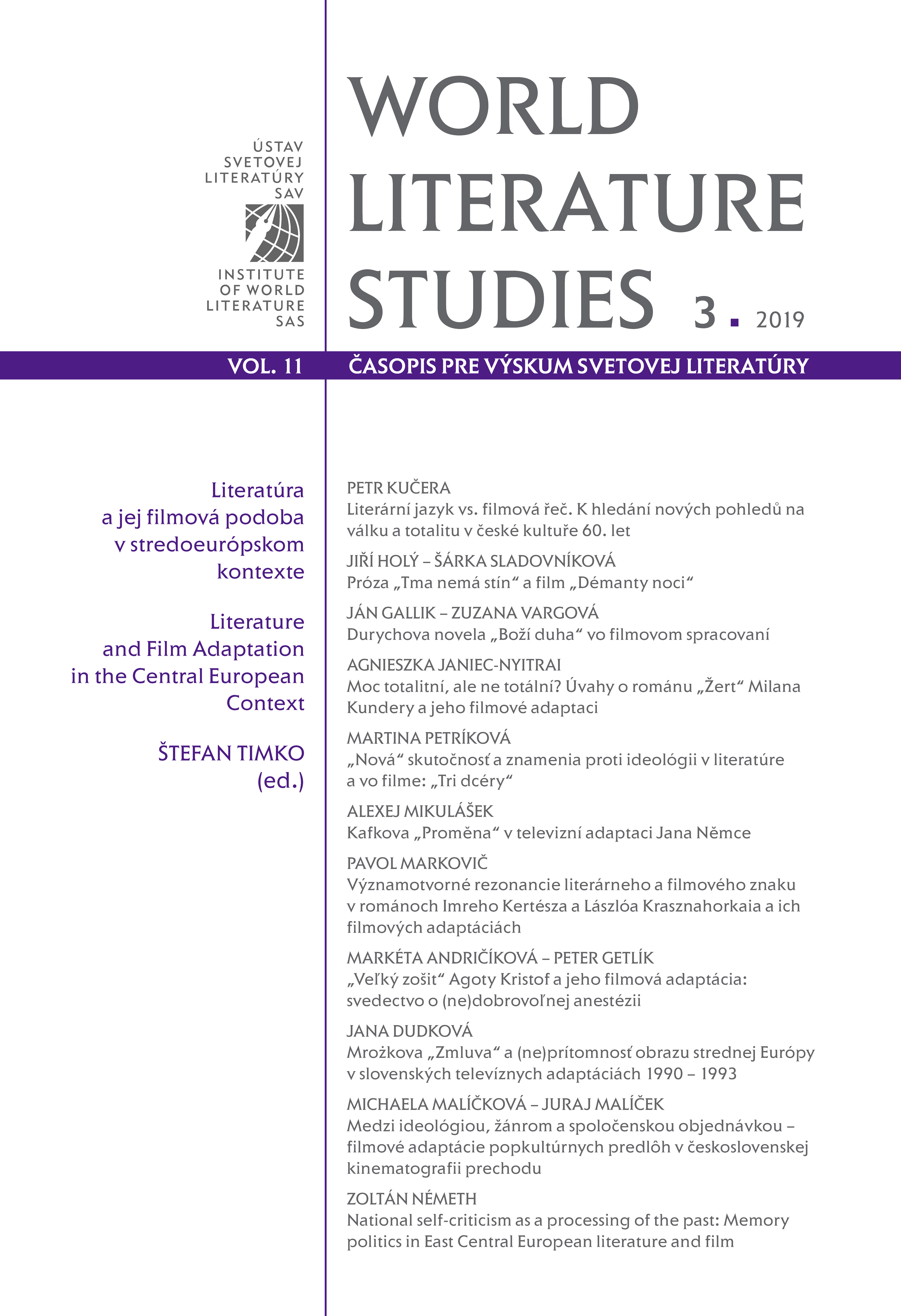
Keywords: "Adaptation"; "Czech-German border"; "Baroque phenomenon"; "Christian existentialism"; "Jaroslav Durych";
The displacement of Germans from Czechoslovakia after the end of World War II is a tragicevent that greatly affected many people’ s lives. The treatment of this subject in Czech literaturetook various forms, ranging from the schematically modelled literature of socialist realism,which mainly perceived the displacement of Germans as an act of righteous retaliationfor the horrors of war caused by German fascists, to existentially tuned works that perceivedthis event on the basis of the deeper causes of misunderstanding and hostility of both nations.As the philosopher Jan Patočka states in the epilogue (1991) to Jaroslav Durych’ s novel God’ sRainbow, the author who created a great song of regret which conditioned and prepared hopefor the spiritual reconciliation of the Czech and German nation was finally found. The meritof the comparison of Durych’ s novel and its television adaptation from 2007 (by director andscreenwriter Jiří Svoboda) is mainly the question whether the adaptation puts only the tragicnature of the theme of the displacement of Germans from the Czech border at the forefront orif it tries to display also the difficult platform of the Baroque phenomenon (e. g. focusing onspace or characters). In Durych’ s work, including God’ s Rainbow, specifically in the language,composition, stylistic construction, motifs, symbols or function of detail, there is an evidenceof enhancing the Baroque perception of reality.
More...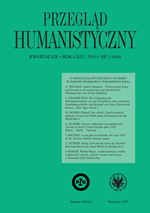
Keywords: Literature of emigration and exile; Hermann Broch; Józef Wittlin; correspondence (1945–1951); collections at the Beinecke Rare Book & Manuscript Library (Yale, New Haven) and Houghton Library (Harvard
This article deals with Hermann Broch (1886–1951) and Józef Wittlin (1896–1976), two writers born in the Austro-Hungarian Monarchy who were formed or even stigmatized by the generational experience of World War I. They both struggled with the problem of the representation of the war in their main novels: Die Schlafwandler (Sleepwalker, 1930–32) and Sól ziemi (Salt of the Earth, 1935). The similarity between their protagonists is the starting point for an attempt to compare the biographies and literary works of the authors. The article is based on the source materials – the unpublished letters in German, exchanged between Broch and Wittlin during the years from 1945 to 1951. Their correspondence is stored in two literary archives: Beinecke Rare Book & Manuscript Library (Yale, New Haven) and Houghton Library (Harvard, Cambridge).
More...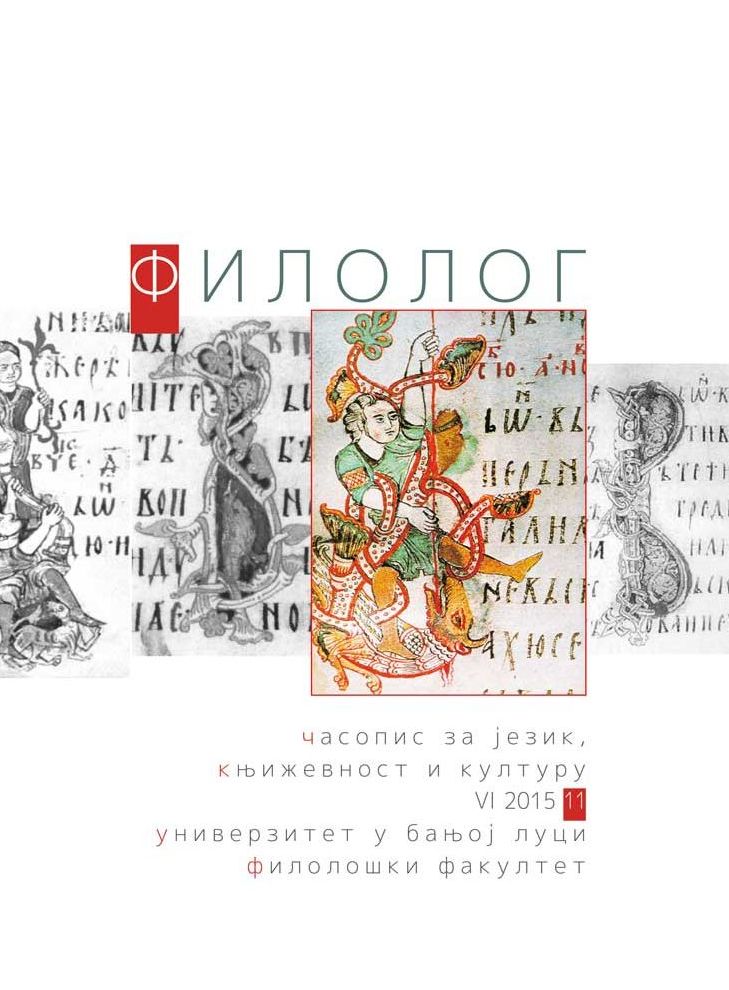
Keywords: autobiography; autobiographical letter; confessions; memoirs; autofiction; heterobiography;
Through a short diachronic overview of the development of autobiography, the author tries to point out basic epistemological principles this, in many terms problematic genre, rests upon. By pointing to possible formal and content variations of an autobiographical letter, and upon a reflection on the so-called ‘anti-ego’ ideology that came as a reaction to certain autobiographical ‘egotism’, the author provides a short overview of autofiction, by invoking Proust’s capital work, In Search of Lost Time, and of heterobiography, by pointing to basic ideological and formal guidelines of the trilogy of The Labyrinth of the World by Marguerite Yourcenar.
More...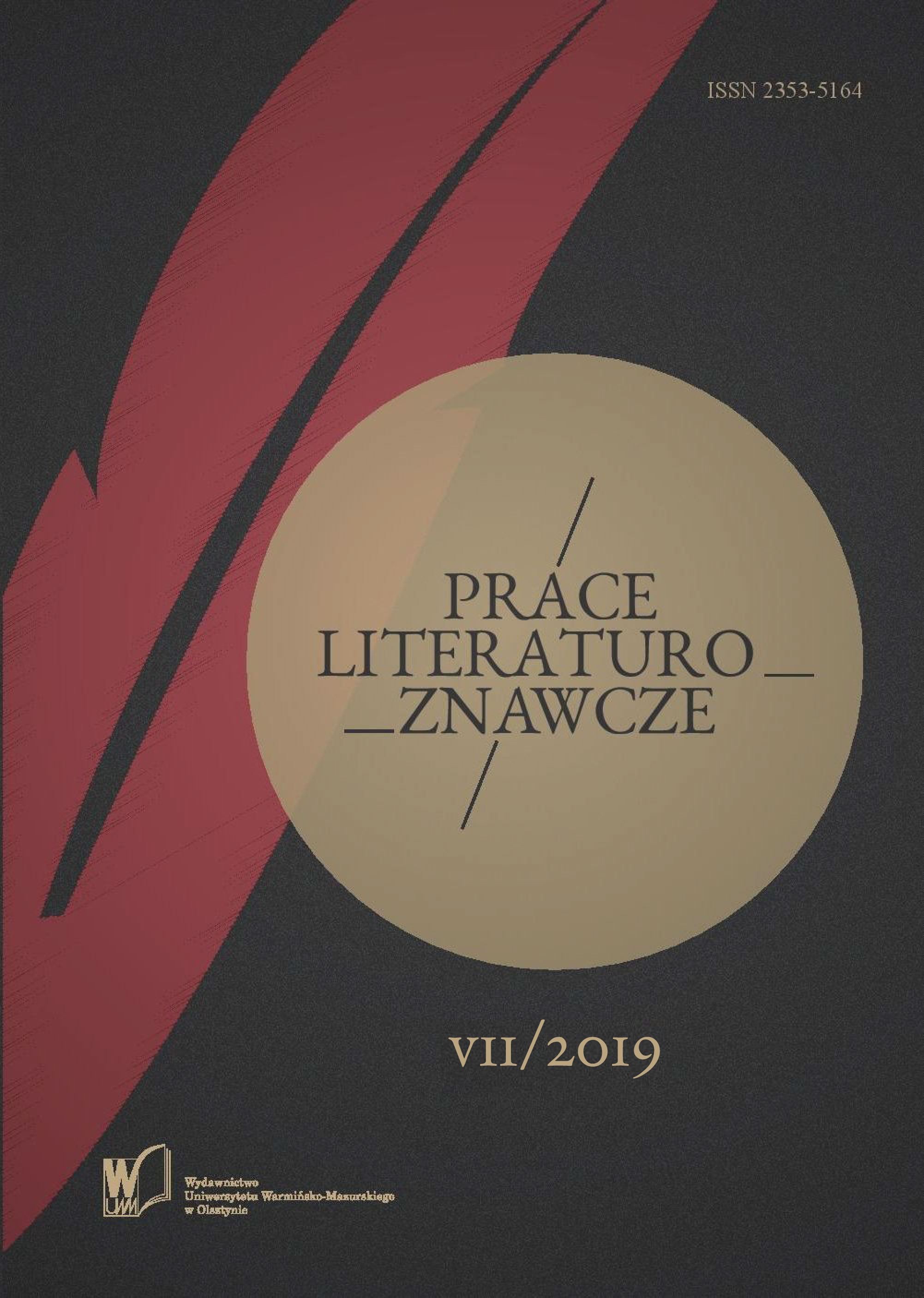
Keywords: A Game of Thrones; Polish fragmentation; historical novel; historical fantasy; Polish identity
A Game of Thrones has reached Poland not only as a series but also as a novel. This, in turnhas led the Polish Author Elżbieta Chrezińska to publish a novel inspired by the work of GeorgeR. R. Martin. Cherezińska historical novel Korona śniegu i krwi, which digs seriously into the periodof Polish fragmentation from 1138–1320 and is now one of the most read Polish novels, has beenseen as a Polish response to A Game of Thrones. The question that arises is what the similarities anddifferences between the work by Martin and Cherezińska are? To what extend a novel inspired byEnglish history might be transferred to the Polish realities? Finally, what is the motivation for thisinspiration?
More...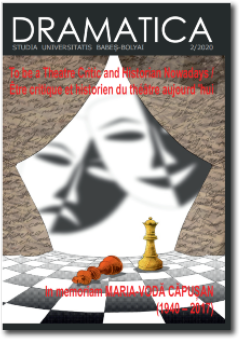
Keywords: Beaumarchais; The Marriage of Figaro; comic space; dramatic techniques; armchair; tragedy; spatial beings; social beings;
Reflections on Comic Space. The Example of The Marriage of Figaro. This study shows from the example of the Marriage of Figaro how the space defined by the dramatic text within fiction has a creative energy and a range of meaning which can be compared to that of the speech or the acting of the characters. Suzanne’s armchair is the centre of a long play of scenes in the 1st act: this inert object then constitutes the crux of the action and embodies the force of chance fighting against the Figaro industry, a bit like fate in the tragedy fights against the active will of the heroes. The corner of the park under the chestnut trees in the last act plays the same role by precipitating all the intrigue and all the characters, in favour of the night, in a game of masks, misunderstandings and deceptions which summarize the issues of the intrigue and untie it. Figaro’s monologue located at the entrance to this dramatic space gives the key to its functioning: human life is governed by Chance, which is the god of comedy. Consequently, the question of Being becomes that of being there. This awareness by Figaro opens at the heart of comic space a subjectivation by spatialization, the secret of which is that we are spatial beings, that is to say social beings, defined in everything and for everything by our relationships and by the successive situations in which we form, act and live: lucid and disillusioned awareness of our constitutive “spatiality”.
More...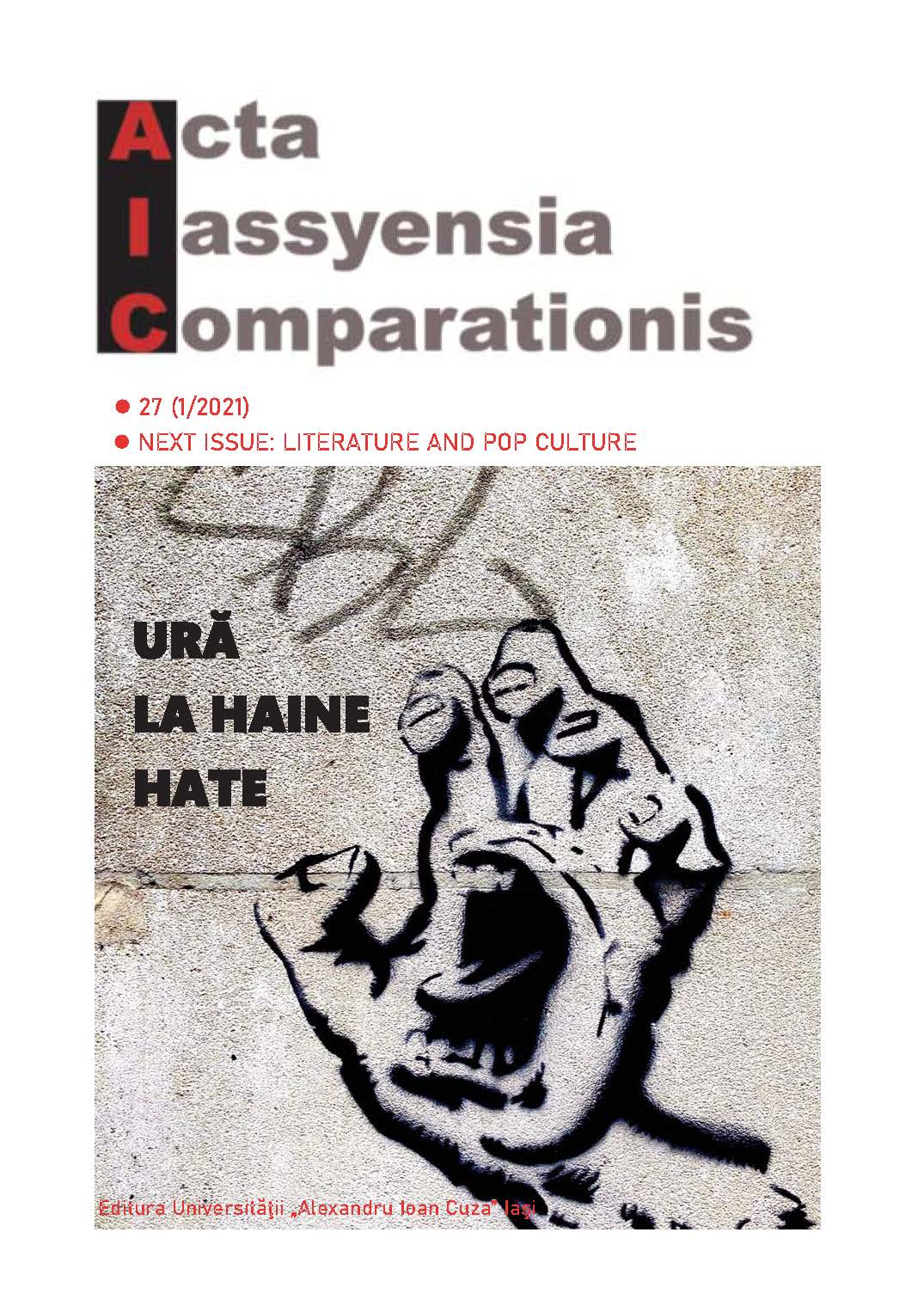
Keywords: Dib; literature; character; archetype; hate;
Every novel conveys an image of the world which is partially expressed in the characters’ behavior, in their development throughout the story, in the author’s intentions concerning them, as well as in the way in which he/she brings them to life. Through these “living people without entrails” (Paul Valéry, 1960 : 569) whose history revolves around their destiny, the novel invites reflection on a particular situation, on a certain state of affairs or even on a whole world vision that is struggling to get established. In the present study, we aim to shed light on a literary character whose traits and behavior symbolize the hatred entailed (mainly) by the cruelty of a colonized society. La Grande Maison (“The Large House”) by Mohammed Dib, the object of our approach, is meant to be an act of memory retracing an experience made infernal by harsh and painful living conditions. Under the pressure of an uncertain future and due to a set of specific circumstances, negative feelings finish by taking control of Aïni, the protagonist of the novel. The author made Aïni a character full of hatred and her dominant position in the book is indicative of the deep effects on people brought about by the injustice of the world.
More...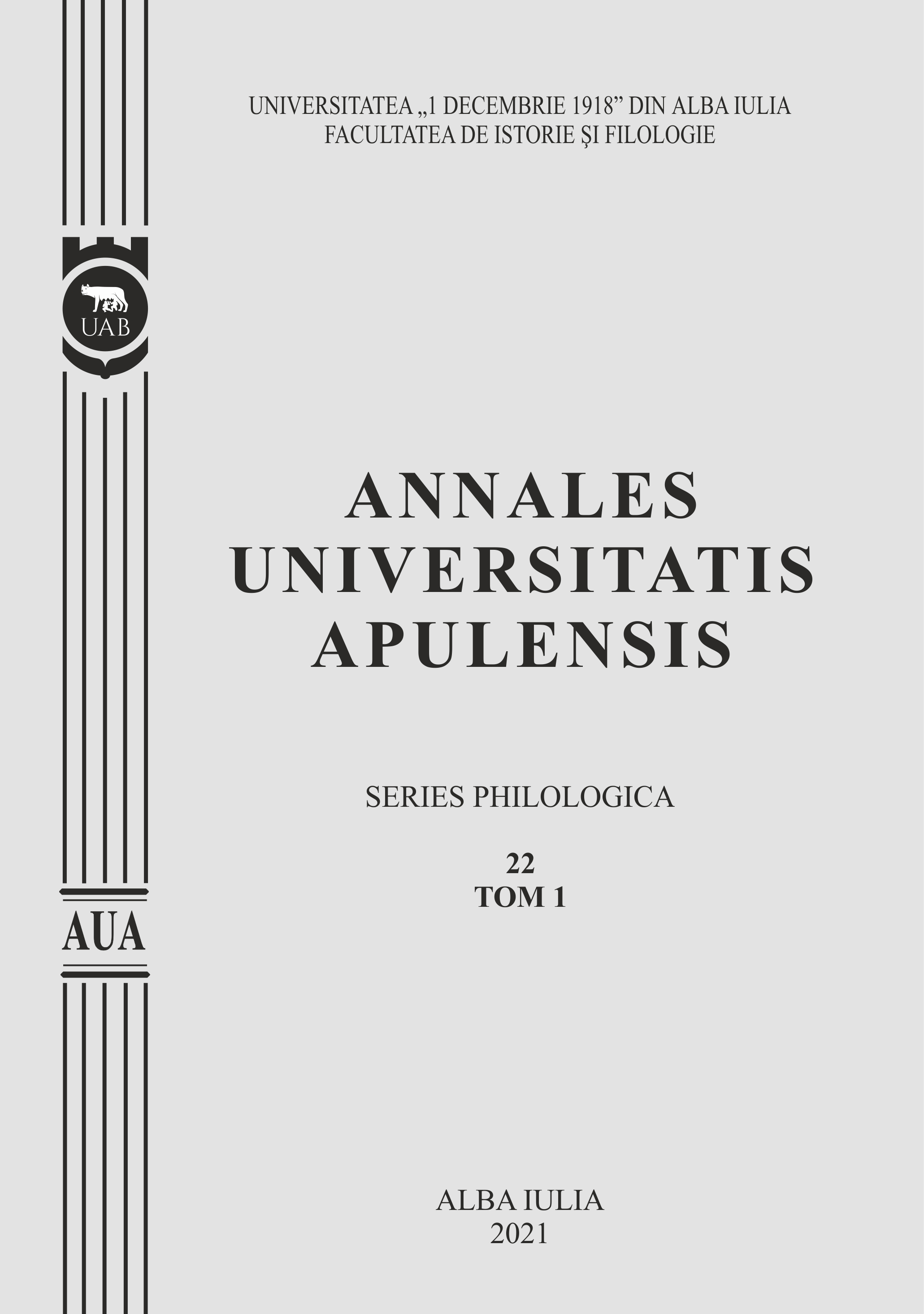
Keywords: The Hunger Games; new critique; spatiality; ecocriticism; dystopian fiction; pastoral;
The interdisciplinary character of contemporary literary discourse offers us new epistemological frameworks for interpreting a text. The dialogue of criticism is intertwined with scientific, philosophical, anthropological, psychoanalytic disciplines. The focus of critical practices is on the "conceptual constellations" offered by the theme of spatiality, spectrality, ecology, trauma, or gender study. The problematic context caused by climate change and environmental degradation forces the change of anthropocentric perspectives with some ecocentric ones. The Hunger Games trilogy by Suzanne Collins presents an eco-apocalyptic fictional directive whose thematic multilayer presents the perfect background for interdisciplinary analysis, at the level of ecology and literature. The questions to which this article is intended to be answered are: To what extent does the “new critique” replace/complement the traditional critical act? How can we use science to deepen the content of Suzanne Collins' Hunger Games trilogy? The present study aims to make a foray into the paradigm of new critiques, focusing on ecocriticism, to demonstrate how science can become the theoretical framework in literary analysis, and to use the theoretical framework of ecocriticism to deconstruct nature-humanity dialogue in The Hunger Games trilogy by Suzanne Collins. Following the model given by Greg Garrard in the book Ecocriticism from the series The New Critical Idiom, namely, structuring the work on the pillar concepts of ecocriticism, an interpretation of The Hunger Games trilogy was made, focusing on the main tropes around which ecocriticism is built: Apocalypse, Wilderness, and Pastoral.
More...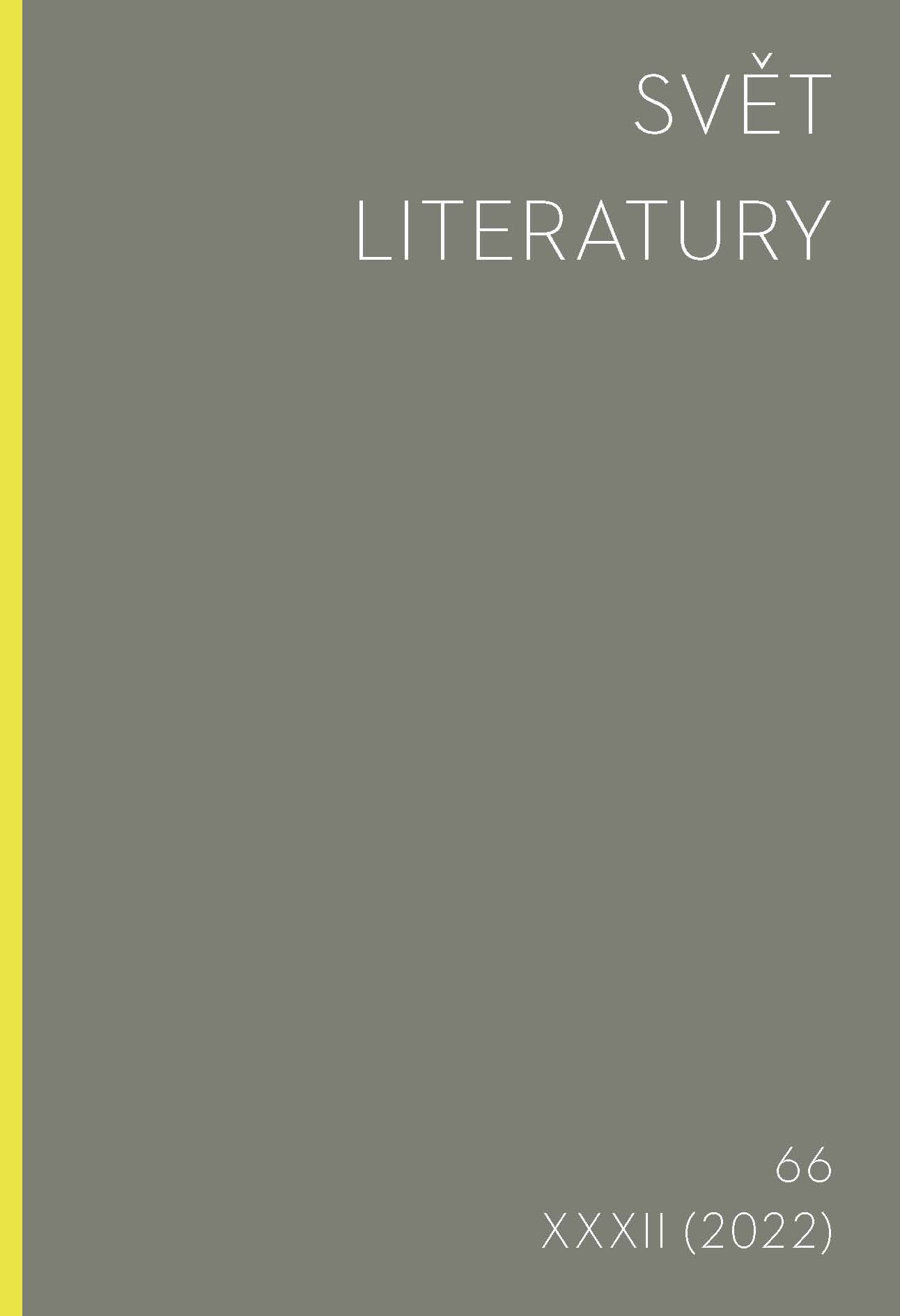
Keywords: Anamnesis; imagination; memory; Moscow conceptualism; Prigov; schemata
The article analyzes the novel “Živite v Moskve” (2000) by the conceptual writer and artist Dmitrij Prigov (1940–2007). The main aim of the paper is to find out how the author approaches the issue of memory and remembering. The article shows that the novel does not attempt to reconstruct the factual past events. It uses memory as an instrument for the production of fictional events which are based on the narrative and discursive schemata embedded in the narrator’s conscience. Therefore, the act of remembering can be seen as platonic anamnesis (recollection). It means that the narrator recollects the schemata, however, the latter do not exist as “pure” forms, but they are graspable only in the form of a very concrete literary realization.
More...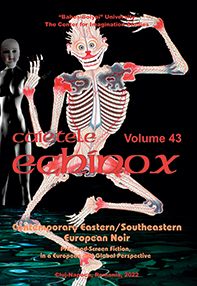
Keywords: Czech Republic; Czech History; Organised Crime; Detective Genre; Crime Fiction Literature; TV Crime Series; Philosophy in the 20th Century;
The article explains the development and specific features of the detective genre in the Czech Republic (and its predecessor Czechoslovakia) from the beginning of the 20th century. It observes that these features are just as valid in the last 30 years. The main focus ison crime fiction literature and, in particular, TV crime series that have become especially popular since 2015, both of which have been inspired by true organised crime cases between 1990-2010.
More...Keywords: expressionnisme; antinaturalisme; monologue; abstraction; révolte;expressionism; antinaturalism; monologism; revolt;
The aim of this paper is to highlight the use of some expressionist motifs and patterns in The Madwoman of Chaillot [La Folle de Chaillot] by Giraudoux. In the analysed drama we can see realisation of such expressionist process as antinaturalistic desobjectivization of the world, developed monologism, social middle-class revolt, rehabilitation of a marginal protagonist, abstraction, antinaturalism, or subjectivism inducing the “irradiation” of the author’s I.
More...